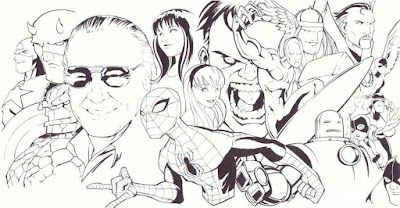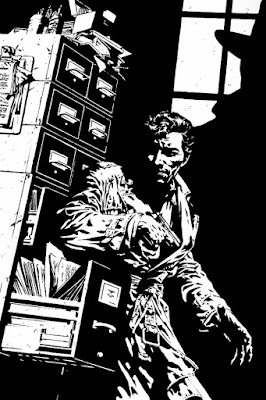Starring: Bud Abbott, Lou Costello, Nat Pendleton, Jane Frazee, Lee Bowman, Alan Curtis, and the Andrew Sisters
Director: Arthur Lubin
Rating: Nine of Ten Stars
A pair of conmen (Abbott and Costello) accidentially join the Army while trying to avoid the police. As if that wasn't bad enough, the cop they were trying to avoid (Pendleton) turns out to be their drill sergeant.
"Buck Privates" is one of those movies that became far more important than anyone could ever have imagined when they were making it. It was a low-budget production that was just another musical comedy that, at best, would continue to grow the comedy team of Abbott & Costello as box office draws. Instead, it became the most profitable film that Universal Pictures had made up to that point, further solidified the Andrews Sisters as pop-music shaping superstars, and launched Abbott & Costello onto their path to comedic cinematic legends.
The film itself follows a fairly standard storyline of tracking army recruits as their training helps them overcome their character flaws and learn to work with people they might dispise outside of military life. The presence of members of a WAC-precusor unit at the training camp allows for a romantic subplot, with a trio of attractive and talented actors (Jane Frazee, Lee Bowman, and Alan Curtis) carrying that storyline in between musical numbers featuring the Andrew Sisters (and even one by Lou Costello).
While some of the humor and social attitudes in the film are a bit archaic, and Abbott & Costello went onto be even funnier in future movies, "Buck Privates" is a touchstone of American culture that's still hugely entertaining to watch. While the copious stock footage used to create the illusion that the actors aren't on a movie ranch or Universal Studios sound stage gets a bit tiresome durng the film's third act, everything about this film is well-executed... and it's easy to see why so many careers sky-rocketed afterwards and why some of the songs are even well-known to this day.















































.jpg)
